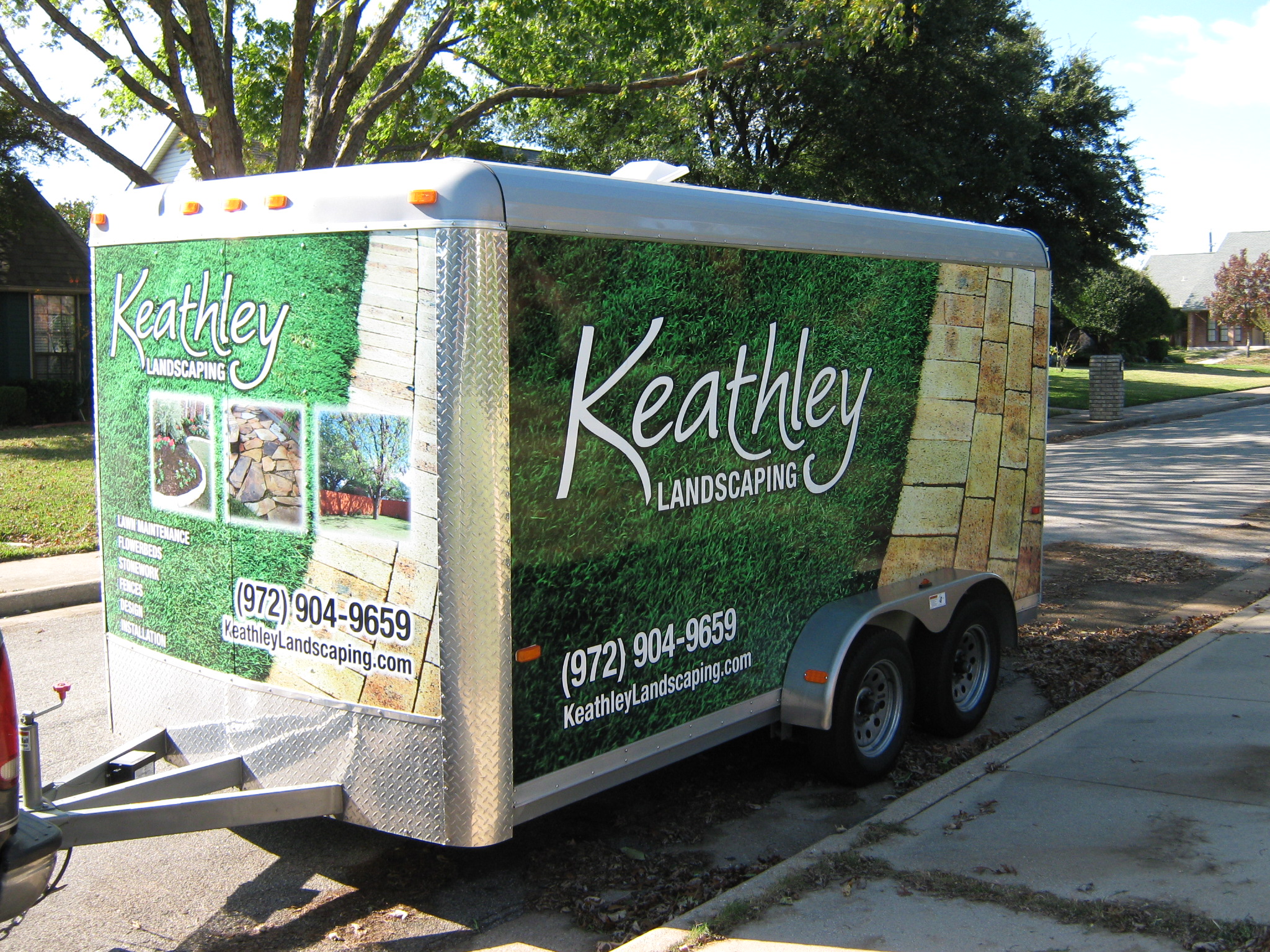Sod Installation and Wildlife: Creating a Wildlife-Friendly Lawn
In today’s fast-paced world, maintaining a beautiful lawn is a common goal for homeowners. However, creating a space that is both aesthetically pleasing and supportive of local wildlife can seem challenging. Fortunately, with the right approach, you can install sod and cultivate a lawn that is not only lush and green but also a haven for local flora and fauna. In this article, we will explore how you can create a wildlife-friendly lawn through strategic sod installation and maintenance. By the end, you’ll be equipped with actionable tips to make your garden a welcoming environment for wildlife.
The Importance of a Wildlife-Friendly Lawn
Why should you care about making your yard wildlife-friendly? According to the National Wildlife Federation, habitat loss is one of the leading threats to wildlife. By creating a space that supports local species, you contribute to biodiversity and help sustain the ecosystem. A wildlife-friendly lawn can also be more resilient to pests and require less maintenance, saving you time and resources in the long run.
Benefits of a Wildlife-Friendly Lawn
Beyond supporting biodiversity, a wildlife-friendly lawn offers several additional benefits:
- Natural Pest Control: Encouraging beneficial insects and birds can help control pest populations naturally.
- Improved Soil Health: A diverse ecosystem promotes healthier soil, which can lead to a more durable lawn.
- Water Conservation: Native plants and grasses typically require less water, helping you conserve this vital resource.
Choosing the Right Sod for Your Lawn
Before you begin installing sod, it’s essential to choose the right type that complements a wildlife-friendly environment. Here are some tips to keep in mind:
Selecting Native Grasses
Opt for native grasses as they are adapted to the local climate and soil conditions. These grasses require less water and are more resistant to local pests and diseases. Examples include Buffalo Grass in the Great Plains and Bentgrass in the northeastern United States.
Incorporating Diverse Plant Species
A monoculture lawn might look manicured but is often less beneficial for wildlife. Consider incorporating a mix of plant species, including clover and wildflowers, which can provide food and habitat for pollinators such as bees and butterflies.
Preparing Your Lawn for Sod Installation
Proper preparation is key to successful sod installation. Follow these steps to ensure your lawn is ready to support both sod and wildlife:
Soil Testing and Preparation
Conduct a soil test to determine pH and nutrient levels. Adjust as necessary to create an optimal environment for growth. Aerating the soil can also improve root penetration and water absorption, making it more conducive to wildlife habitation.
Creating a Wildlife Corridor
Consider installing sod in sections to create corridors that allow wildlife to move safely across your yard. These corridors can be lined with native shrubs and groundcovers to provide shelter and food sources.
Installing Sod With Wildlife in Mind
Once you’ve prepared your lawn, it’s time to install the sod. Here’s how to do it in a way that supports wildlife:
Installing in Patches
Instead of covering the entire area with sod, consider installing it in patches. This approach leaves space for planting native plants and wildflowers, enhancing biodiversity. Research from the Ecological Society of America suggests that patchy landscapes can better support wildlife movement and diversity.
Watering Strategy
Water your sod in a way that mimics natural rainfall patterns. Early morning or late afternoon watering reduces evaporation and allows water to soak deeply into the soil. This method not only conserves water but also more closely aligns with the natural environment that wildlife prefers.
Maintaining a Wildlife-Friendly Lawn
Once your sod is installed, ongoing maintenance is crucial to ensure it remains conducive to wildlife:
Minimizing Chemical Use
Avoid chemical fertilizers and pesticides that can harm wildlife. Instead, use organic options and natural pest control methods, such as introducing ladybugs to combat aphids or using neem oil for plant diseases.
Regular Monitoring and Adaptation
Regularly monitor your lawn for signs of wildlife activity and plant health. Be ready to adapt your strategies based on what you observe. For instance, if a particular area of sod isn’t thriving, consider introducing different native plant species that might suit the conditions better.
Conclusion: Enjoying Your Wildlife-Friendly Lawn
Creating a wildlife-friendly lawn through thoughtful sod installation is both a rewarding and impactful endeavor. By choosing the right sod, preparing your lawn carefully, and maintaining it with wildlife in mind, you contribute to a healthier ecosystem and enjoy the benefits of a vibrant, resilient garden. Whether you’re a seasoned gardener or new to landscaping, these steps can help you make a positive environmental impact right in your own backyard.
For more information on creating a wildlife-friendly space, consider visiting resources from the National Wildlife Federation and other conservation organizations. With each small step, you’re contributing to a larger effort to preserve and enhance biodiversity for generations to come.






































Recent Comments